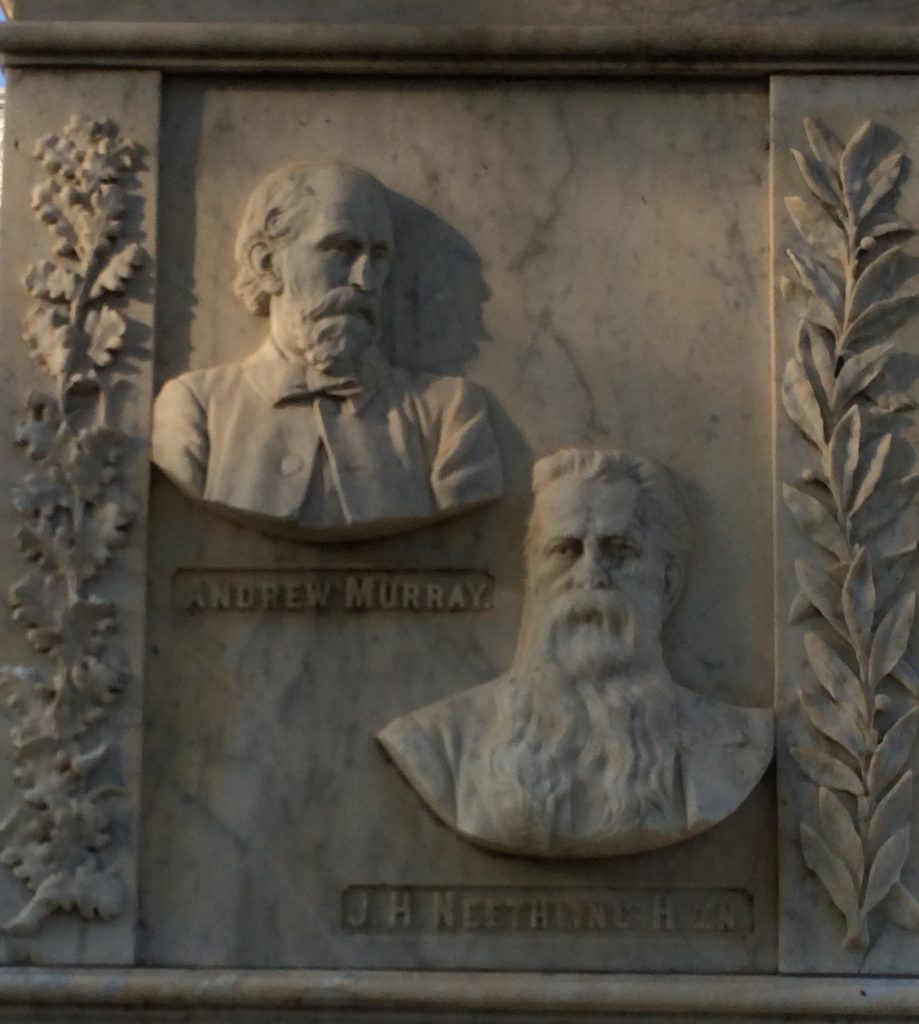One of the newest books to come into my possession in 2020 (thanks to my good colleagues at Zondervan) is Karin Spiecker Stetina’s How to Read Theology for All Its Worth (Zondervan Academic, 2020). Yes, its title purposefully associates the volume’s intended audience with its predecessor, How to Read the Bible for All Its Worth: Fourth Edition, by Gordon D. Fee and Douglas Stuart. Stetina presents a very down-to-earth, student-friendly, lay-friendly approach to reading theology in a wide variety of presentations and topics. Too many Christians think of “theology” as highly technical and academic, if not totally philosophical and ethereal. However, theology (literally from Greek words meaning “the study of God”) consists of what the Bible teaches — doctrine, instruction. Due to its nature, theology should be approached in all its forms (essays, journal articles, sermons, devotionals, treatises, etc.) with the priority of God’s Word in mind. Readers must also engage reading of theology prayerfully. Once spiritually prepared, how does someone determine what to read, whom to read, and — well, why read at all? This fantastic volume provides guidance step by step to a purposeful and reasoned mindset for beginning a lifetime of reading theology. When it comes to selecting theological writings (especially books), the author recommends reading the title, checking out the author, reading the introduction, examining the table of contents, looking through the footnotes/endnotes and bibliography (if available in the particular work in hand). Getting the lay of the land, so to speak, helps readers to better understand what the theologian-author conveys within the body of the work.
Every believer should love to learn more about God, Jesus, and the Bible. We ought to hunger and thirst for God’s written Word. And, we ought to also desire learning as much as we can about our faith through the testimonies, teachings, and theological tractates of others. Read How to Read Theology for All Its Worth and dive into some theological reading throughout 2021. Aquire a better understanding of what Christians believe, how we sometimes differ, and how to better understand the author-theologian we are reading. (Clicking on the image of the book will take you to its entry on Amazon.com.)
Excerpt from the book (p. 29):
Ad fontes—”back to the fountain,” or “back to the original sources”—was one of the rallying cries of the Reformation. This phrase occurs in the Latin Vulgate’s version of Psalm 42, which can be translated “in the same way that the stag is drawn unto the sources of water, so my soul is drawn unto you, God.” Thirsting for God’s truth, Protestant Reformers went back to the Bible, prayerfully studying it in its original languages. We too should desire to know God and commune with him, seeking enlightenment in prayerfully considering his Word. Do not wait until you are fully trained to devote yourself to prayer and the study of Scripture. A strong biblical foundation is one of the best ways to prepare for discerning God’s wisdom and will. It is also essential to reading theological texts for all their worth.


